When you observe your pet snake pressing its face against the glass of its enclosure, you might wonder what drives this curious behavior. This phenomenon, often called “glass surfing” or “periscoping,” is common among captive snakes and can indicate various physical needs, psychological states, or environmental responses. While sometimes harmless exploration, this behavior can also signal important issues that require attention from responsible snake owners. Understanding why snakes push their faces against tank walls can help ensure these fascinating reptiles remain healthy and content in their captive environments.
The Natural Exploration Instinct
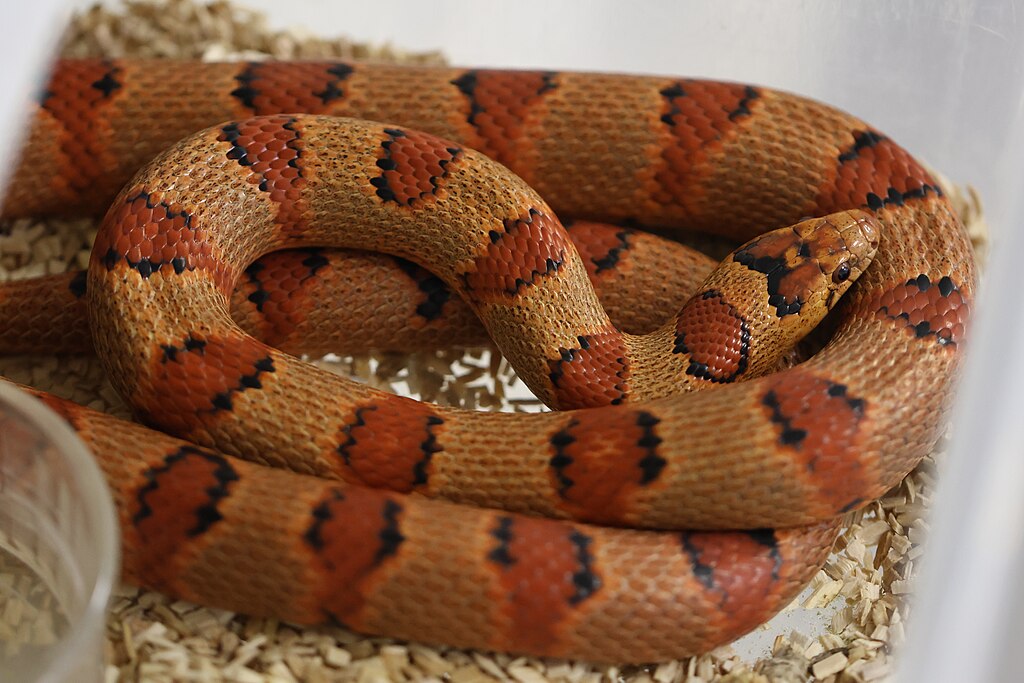
In the wild, snakes constantly explore their surroundings to find food, shelter, mates, and to establish their territory. This exploratory behavior doesn’t disappear in captivity, and glass surfing often represents this innate drive to investigate and map their environment. When a snake pushes against the glass, it may simply be trying to understand the boundaries of its habitat, much like it would explore the limits of its territory in nature. This behavior is particularly common with newly acquired snakes or after a snake has been moved to a new enclosure, as they attempt to familiarize themselves with their surroundings. For many snake species, this exploration phase is temporary and will diminish once they’ve become accustomed to their new home.
Hunger Signals and Feeding Responses
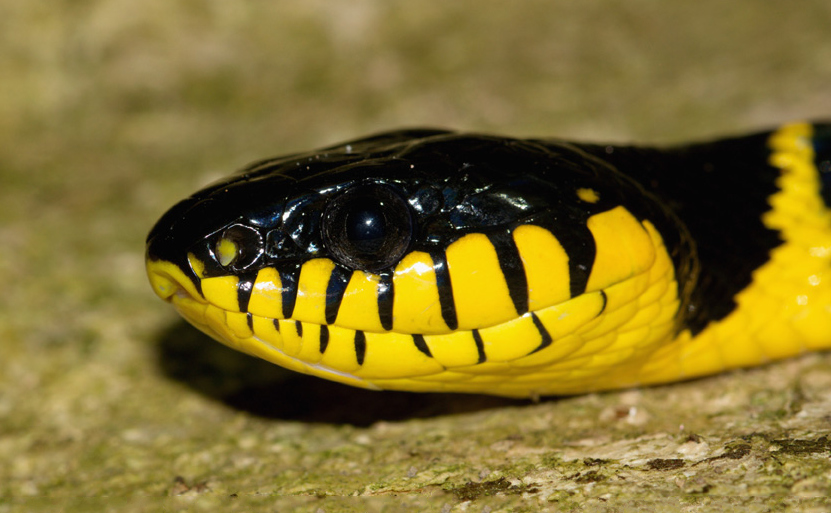
A snake pressing its face against the glass might be demonstrating feeding-related behaviors, especially if it’s nearing feeding time. Snakes have acute senses for detecting potential prey, and they may perceive movement outside their enclosure as potential food sources, triggering hunting responses. This behavior often intensifies when owners walk by the enclosure or when other pets move around the room, as the snake detects this motion and instinctively prepares to hunt. Some species, like corn snakes and ball pythons, may become particularly active and press against the glass when they’re hungry, essentially “asking” for food. Owners who notice this behavior increasing before regular feeding schedules should consider whether their snake’s nutritional needs are being adequately met.
Temperature Regulation Attempts
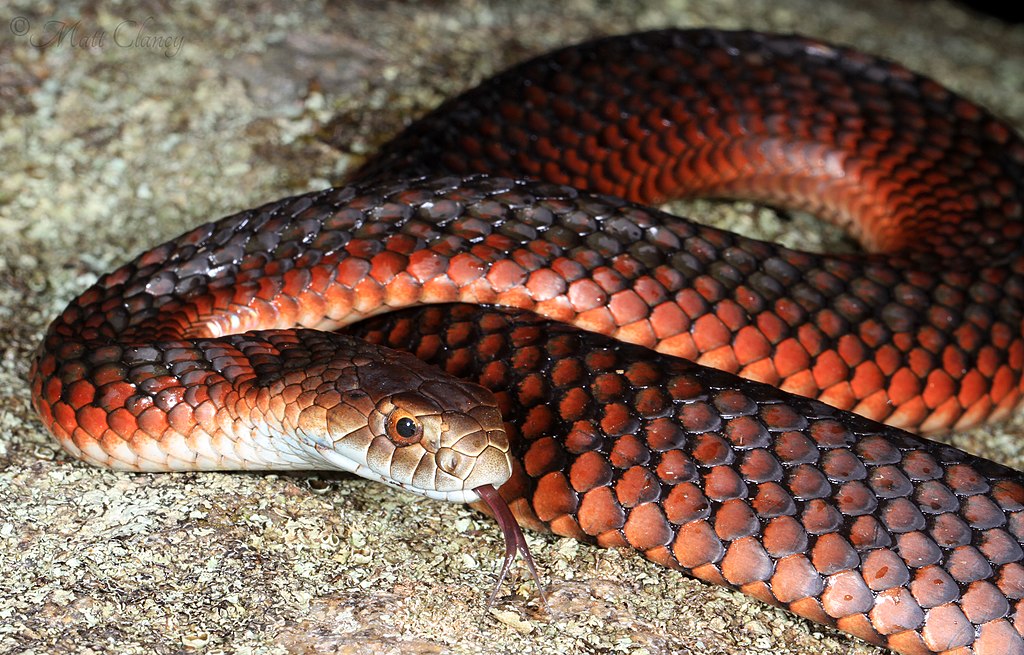
Snakes are ectothermic animals that rely on external heat sources to regulate their body temperature, making proper thermal gradients essential in captivity. When a snake presses its face or body against the glass, it may be seeking warmer or cooler areas to thermoregulate effectively. The glass of the enclosure often has a different temperature than the substrate or decorations inside, offering an alternative temperature zone for the snake. If you notice your snake spending excessive time with its face pressed against one particular area of glass, check the temperatures in that location compared to the rest of the tank. This behavior could indicate that your heating setup needs adjustment to provide appropriate warm and cool zones within the enclosure.
Stress and Environmental Discomfort
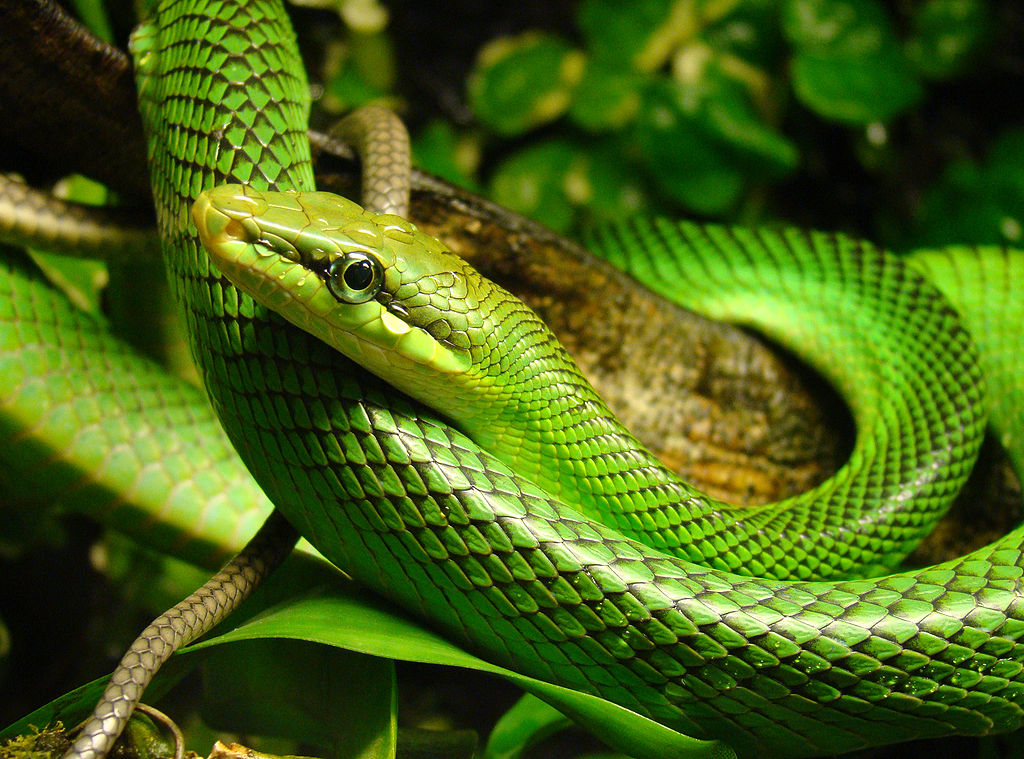
Persistent glass surfing can indicate that a snake is experiencing stress or discomfort in its environment. This stress might stem from numerous factors including improper humidity levels, inadequate hiding spots, excessive handling, or the presence of potential predators near the enclosure. Glass surfing that continues for extended periods, especially when accompanied by other stress behaviors like refusing food or constantly hiding, should be taken seriously as a potential welfare concern. Environmental stressors can significantly impact a snake’s health over time, potentially leading to compromised immune function and increased susceptibility to disease. Addressing the underlying cause of stress should be a priority when this behavior becomes chronic or intense.
The Escape Artist’s Behavior
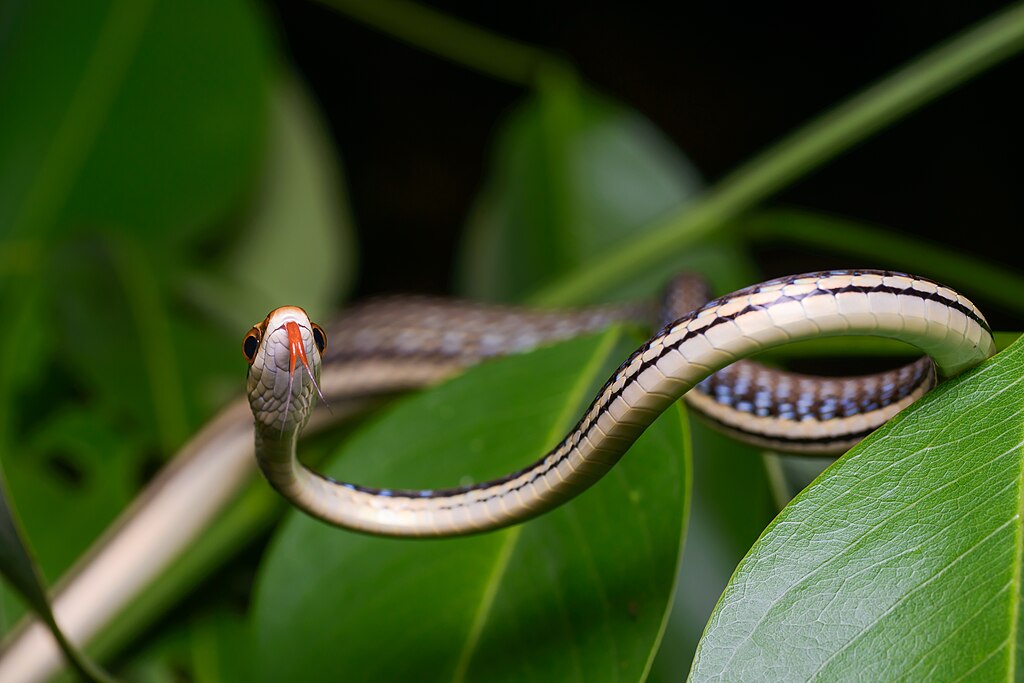
Many snake species are natural escape artists, constantly testing boundaries and seeking ways to expand their territory. When a snake pushes against glass walls repeatedly, it may be attempting to find a way out of its enclosure, following its instinctual drive to explore beyond perceived barriers. This escape-seeking behavior is particularly common in active species like corn snakes, king snakes, and rat snakes, who are known for their curious and exploratory nature. The transparent nature of glass can confuse snakes, as they don’t understand the concept of an invisible barrier and may perceive the visible space beyond as accessible territory. Secure enclosures are essential for these determined reptiles, as even the smallest gaps can provide opportunity for escape.
Breeding Season Behaviors
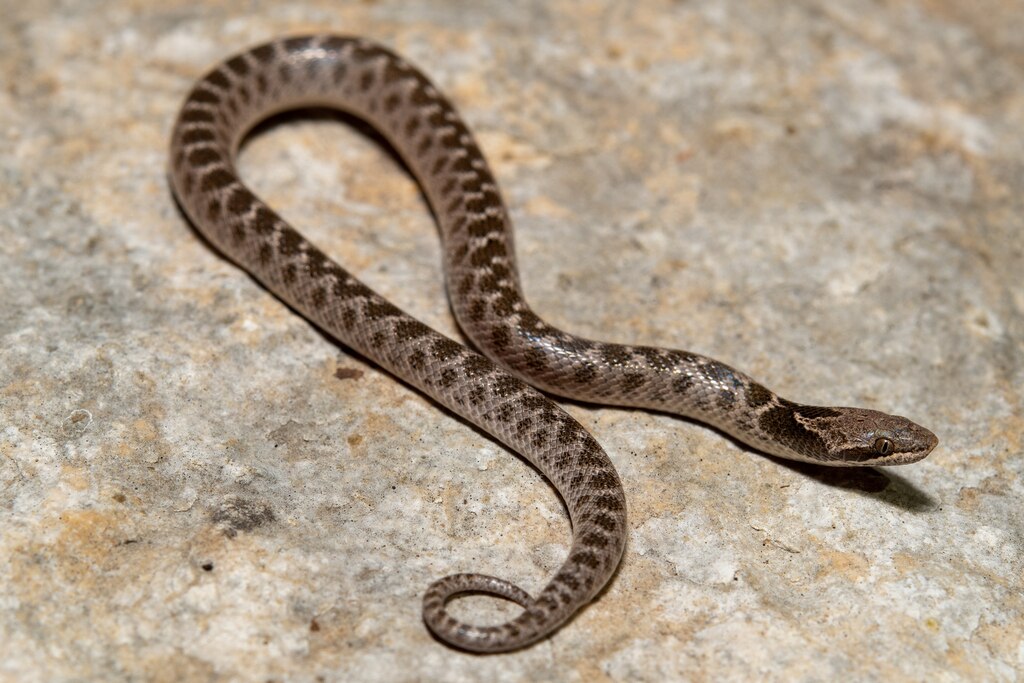
During breeding season, many snake species exhibit increased activity and may press against enclosure walls more frequently as they search for potential mates. Male snakes, in particular, can become restless and persistent in their attempts to find females, resulting in more glass surfing behaviors. This seasonal change in behavior is often accompanied by decreased appetite, increased tongue flicking, and more frequent movement throughout the enclosure. Hormonal drives during breeding season can be powerful motivators, causing even typically calm species to display uncharacteristic levels of activity and glass-pressing behaviors. While this seasonal restlessness is normal, it’s important to ensure the snake doesn’t injure itself through excessive rubbing against enclosure surfaces.
Reflection Recognition and Confusion
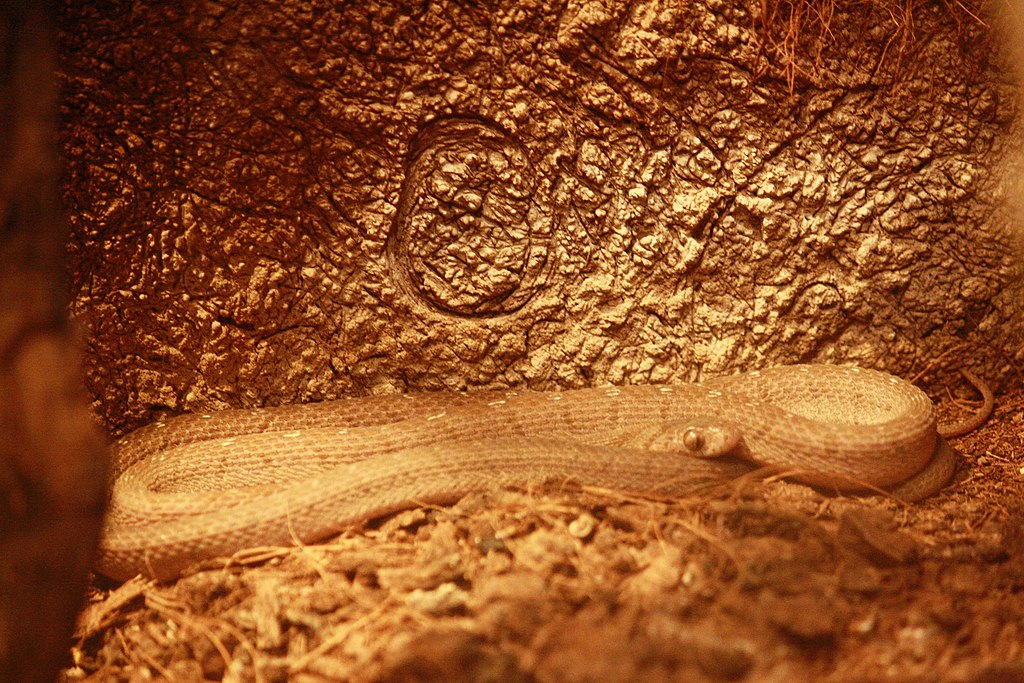
The reflective properties of glass can sometimes confuse snakes, causing them to interact with their own reflection as if it were another snake. This misidentification can trigger territorial behaviors, defensive posturing, or even courtship displays depending on the species and individual temperament. Some snakes may become fixated on their reflection, repeatedly pressing against the glass in an attempt to interact with what they perceive as another snake. This confusion can be particularly pronounced in enclosures with bright internal lighting and darker external environments, which enhance the reflective quality of the glass. Adjusting lighting conditions or temporarily covering reflective surfaces can help reduce this behavior if it appears to be causing stress.
Inadequate Enclosure Size

One of the most common reasons for persistent glass surfing is simply that the snake’s enclosure is too small for its size or activity level. When a snake lacks adequate space to perform natural behaviors, it may constantly press against boundaries seeking more territory. Different species have varying space requirements, with arboreal species needing vertical climbing height and terrestrial species requiring floor space for natural locomotion. As snakes grow, their enclosure needs change, making it essential to upgrade housing as your pet develops. An undersized habitat can lead to chronic stress, reduced activity, obesity from limited movement, and other health issues that manifest through persistent glass-pressing behaviors.
Shedding Preparation Behaviors

During the pre-shedding phase, snakes often exhibit unusual behaviors including increased rubbing against surfaces to help initiate the shedding process. A snake may push its face against the glass to help loosen the old skin around its head, particularly around the eyes where the spectacles (eye caps) need to be shed. This behavior is typically accompanied by other pre-shedding signs such as dulling coloration, cloudy eyes, and hiding more frequently. Shedding-related glass pressing is usually temporary and will resolve once the snake has successfully completed its shed. Proper humidity levels in the enclosure are crucial during this time to ensure the snake can shed completely and comfortably without resorting to excessive rubbing behaviors.
Response to External Stimuli
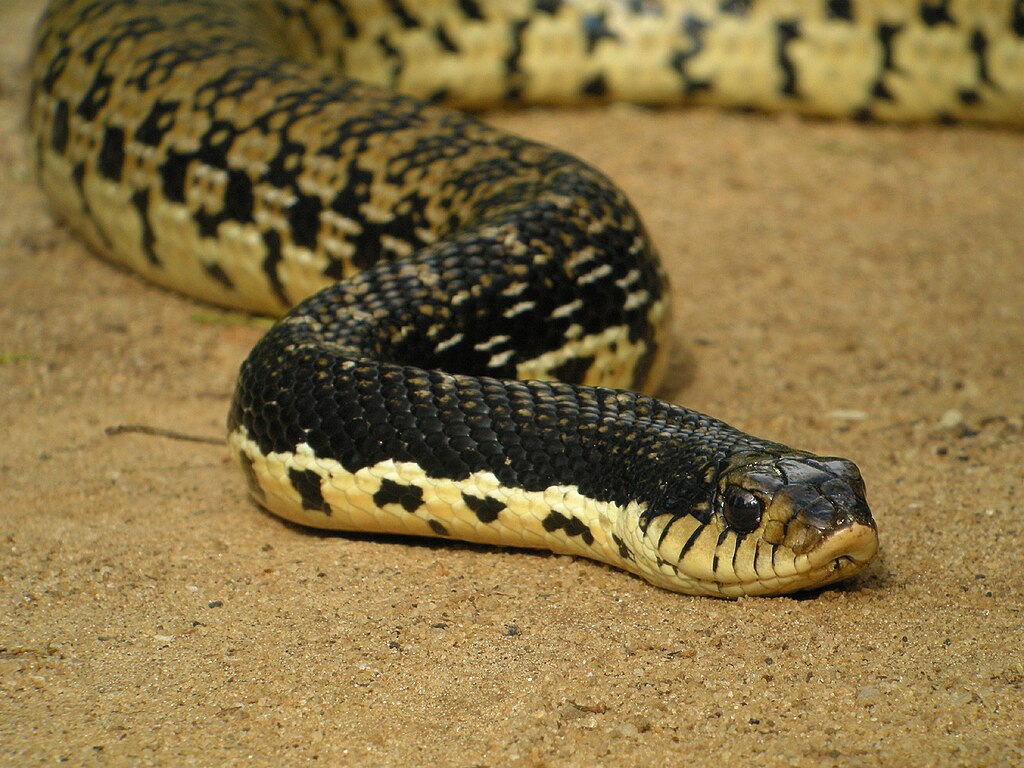
Snakes have sensitive perception systems that detect vibrations, temperature changes, and movement in their environment, sometimes causing them to react to activities outside their enclosure. The position of a tank in a busy household can significantly influence a snake’s behavior, with tanks placed in high-traffic areas often housing snakes that exhibit more glass-pressing behaviors. Electronic devices, loud music, or vibrations from appliances near the enclosure can trigger defensive or investigative responses, manifesting as the snake pushing against the glass toward the source of the stimulus. Even subtle environmental factors like changes in barometric pressure before storms can increase activity levels and glass surfing in sensitive species, demonstrating how attuned these animals are to their surroundings.
Substrate and Enrichment Issues
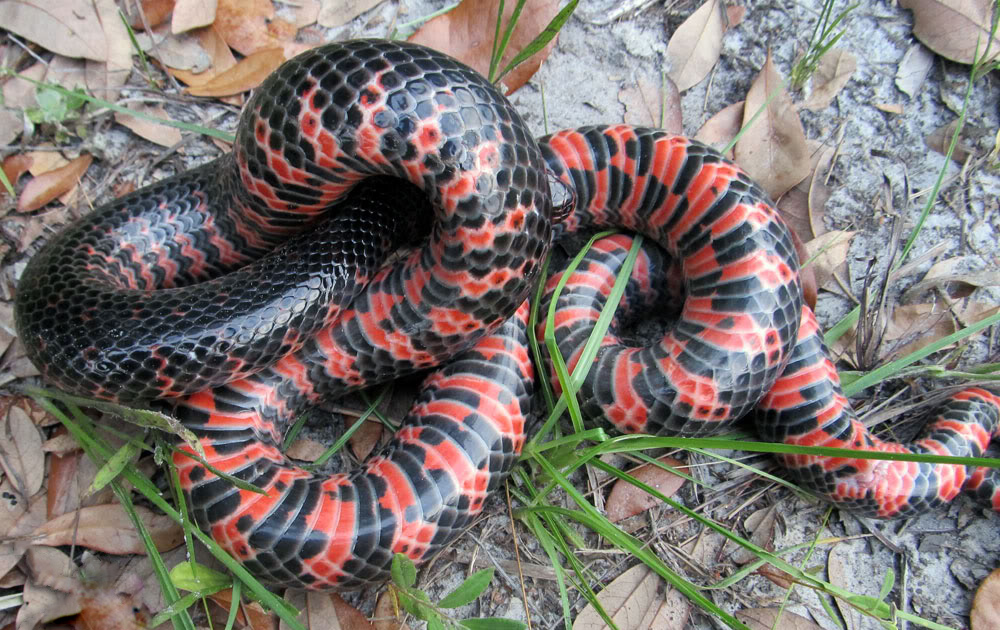
The internal setup of a snake’s enclosure plays a crucial role in its behavior patterns, with inadequate substrates or insufficient enrichment often leading to increased glass surfing. Snakes need appropriate substrates that allow for natural burrowing behaviors, proper humidity retention, and comfortable movement, with inappropriate options potentially causing discomfort that drives the snake to seek alternatives. Environmental enrichment through hiding spots, climbing structures, and texture variety is essential for psychological well-being, with barren enclosures frequently producing restless snakes that press against glass seeking stimulation. Some species have specific substrate preferences, such as sand boas requiring loose sandy substrate for burrowing or tree pythons needing branches and foliage for climbing and security. Creating a naturalistic environment that mimics a snake’s wild habitat can significantly reduce stress-related behaviors including excessive glass surfing.
Medical Concerns and Neurological Issues
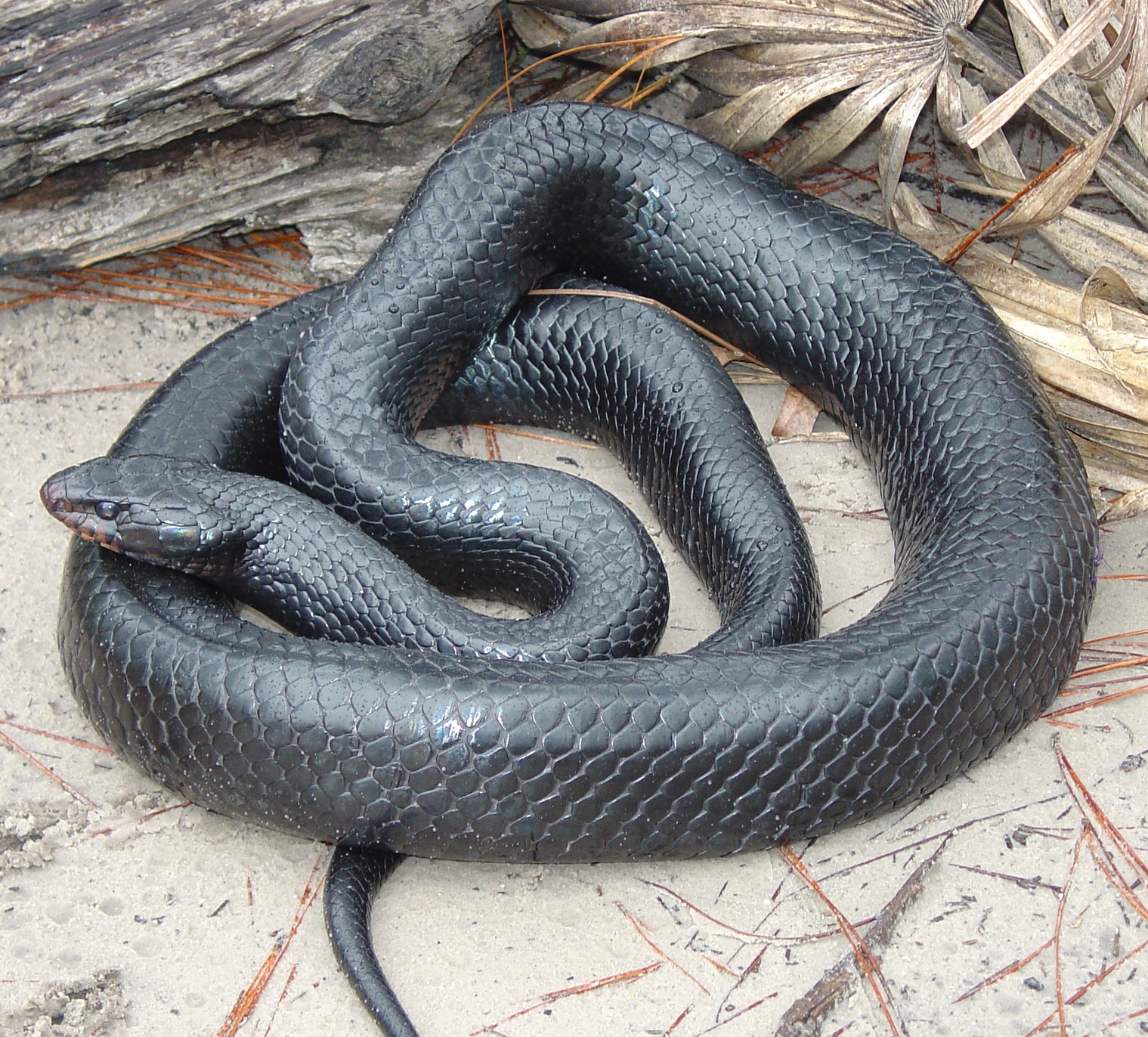
In some cases, persistent glass surfing can indicate underlying medical problems that require veterinary attention, particularly when the behavior appears suddenly or is accompanied by other symptoms. Parasitic infections, respiratory conditions, or pain from internal injuries might cause a snake to exhibit restless behavior and press against surfaces seeking relief. Certain neurological conditions can manifest as repetitive movements, including continuous pressing against tank walls in a mechanical or unnatural pattern. Inclusion Body Disease (IBD), a fatal condition affecting boas and pythons, often presents with neurological symptoms that may include abnormal pressing against surfaces. Any dramatic change in behavior that includes persistent glass surfing warrants a veterinary examination to rule out medical causes, especially if accompanying symptoms like weight loss, abnormal posture, or respiratory difficulties are present.
Addressing and Reducing Glass Surfing
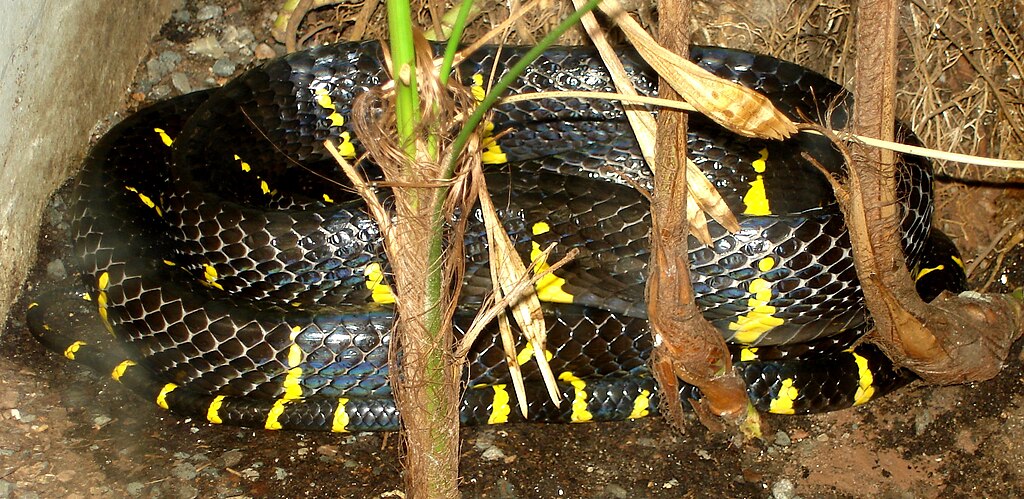
If your snake’s glass surfing behavior appears to be causing stress or indicates a problem, several interventions can help improve their well-being and reduce this behavior. Start by evaluating and optimizing the basics: enclosure size, temperature gradient, humidity, substrate depth, and hiding opportunities, as these environmental factors significantly impact snake behavior. Adding visual barriers like background images on three sides of the enclosure can reduce the confusing transparency effect that glass creates for snakes. Increasing environmental complexity through additional climbing structures, varied textures, and appropriate enrichment items gives the snake alternative activities and surfaces to explore. Sometimes, simply relocating the enclosure to a quieter area of your home with less foot traffic can dramatically reduce stress-related glass surfing behaviors. Consistent, species-appropriate husbandry is the foundation of behavioral health in captive snakes.
Conclusion
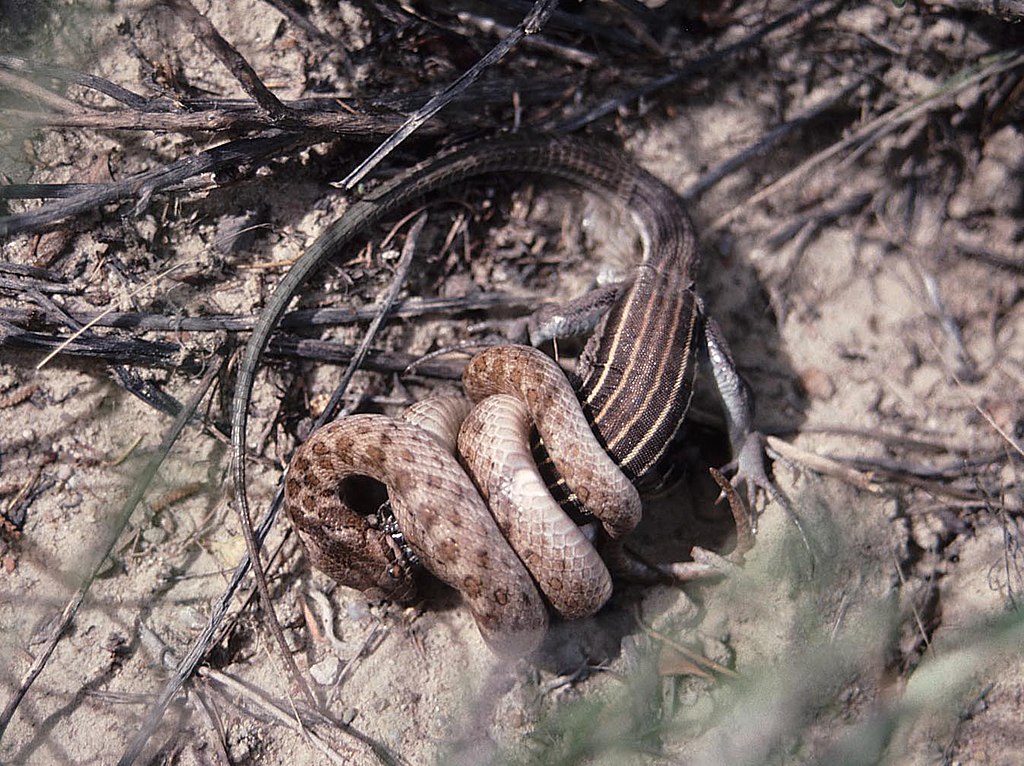
Understanding why snakes push their faces against tank walls requires considering multiple factors ranging from natural behaviors to potential welfare concerns. While occasional glass surfing is normal and represents a snake’s natural curiosity, persistent or intense glass-pressing behaviors warrant investigation into husbandry practices, environmental conditions, or possible health issues. By observing patterns in your snake’s behavior and making appropriate adjustments to its care, you can help ensure your reptilian companion remains healthy and exhibits natural behaviors within the confines of captivity. Responsible snake ownership involves not just meeting basic needs but understanding and responding to the subtle behavioral communications these fascinating animals provide.




